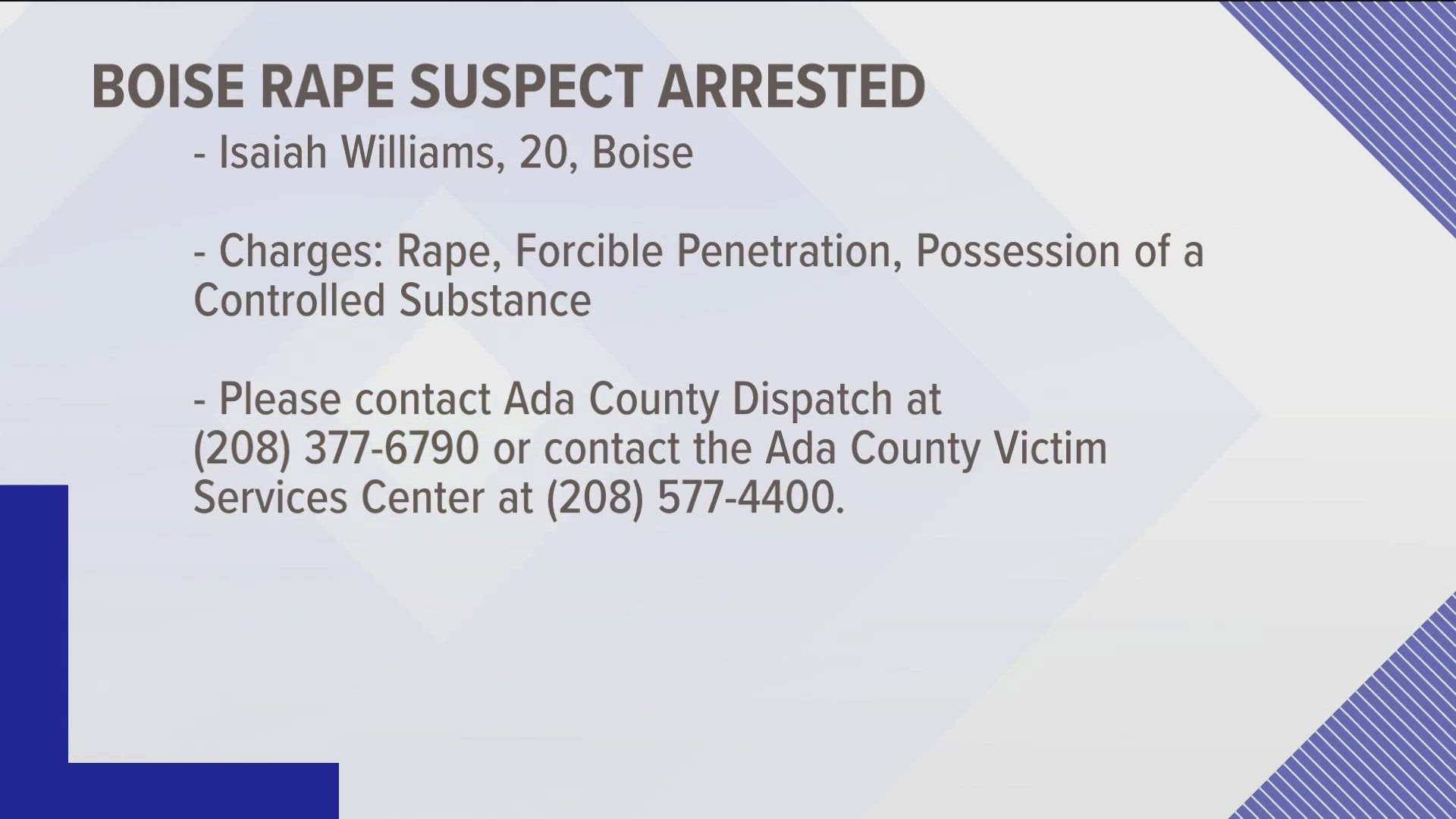BOISE-- A big archaeological project will aim to shed more light on one of the darkest chapters of Idaho history -- the Bear River Massacre.
The Idaho State Historical Society just received a grant of $55,567 from the National Park Service's American Battlefield Protection Program.
At the State Historic Preservation Office in Boise, State Archaeologist Dr. Ken Reid is busy planning the project to study the Bear River Massacre site.
It started out as a battle, and it ended up as a massacre, essentially, is what happened, said Dr. Reid.
The site lies in the far southeastern corner of Idaho just outside Preston along U.S. Highway 91.
It's now a national historic landmark.
In the winter of 1863 a band of Northwestern Shoshone men, women and children had established their usual winter village along the Bear River.
In the early morning of January 29 about 200 soldiers under the command of Colonel Patrick Connor attacked the village. When it was over, hundreds of tribal members lay dead.
According to an historic marker on the site today, the estimates range from 240 to 500, including many women and children. Only about 120 survived.
It was huge for us, because it basically annihilated our entire existence of our people, said Jason Walker, Chairman of the Northwestern Band of the Shoshone Nation.
In terms of the documented number of people it's the largest number in all the western Indian wars, said Dr. Reid.
Dr. Reid says the goal of the archaeological project is to find the boundaries of the battlefield, map it, and survey the site using technology such as metal detectors and ground penetrating radar. He expects very little excavating to be done.
What I want to find is the footprint of the 68 Shoshone winter lodges, said Dr. Reid. That's where most of the fighting and most of the killing occurred.
The team also hopes to find battlefield debris such musket balls and other metal artifacts.
It may be a challenge because of the time that has passed and how the land has been used since 1863.
It's been years and years of cattle grazing, horse grazing all through there, said Walker. So it will be interesting to see what they find.
Dr. Reid says the river channel itself has also meandered through several different courses over the years.
This year Idaho is marking the 150th anniversary of becoming a territory in 1863. Dr. Reid says the historical society chose the Bear River project because the massacre happened that same year and because of its historic importance.
In terms of long-term intercultural relationships, nothing compares to what happened at Bear River, said Reid.
The state will work closely with the tribe and the local community on the project.
Dr. Reid hopes to do some preliminary work at the site before the snow falls this year. He says the main field work will start next summer.
Tribal Chairman Jason Walker says the tribe someday hopes to buy the land from the private owners and make it a memorial for their fallen.

